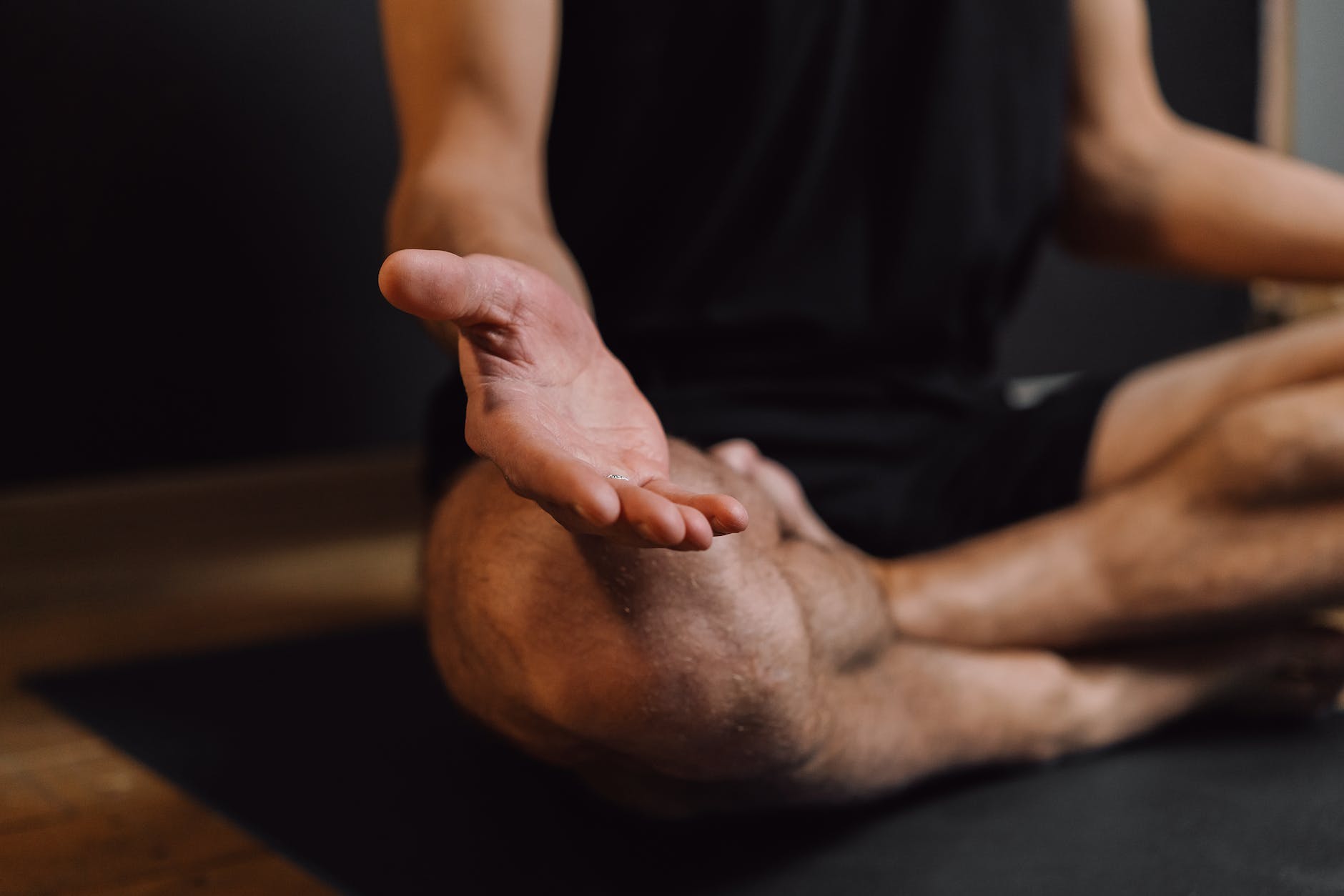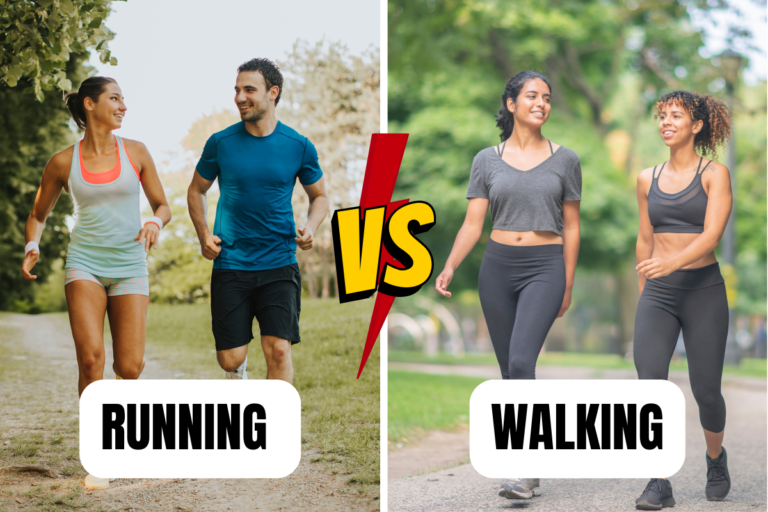In the pursuit of fitness, choosing the right exercise routine is crucial. Among the numerous options available, running and walking often emerge as popular choices. These activities not only improve physical fitness but also provide a range of health benefits.
This article aims to compare running and walking to determine which is better for fitness.
Introduction
Running and walking are both forms of aerobic exercise that offer unique advantages. They are accessible, require minimal equipment, and can be performed virtually anywhere. Whether you’re a seasoned athlete or a beginner on a fitness journey, understanding the benefits of running and walking can help you make an informed decision about which activity aligns best with your goals.
1. The Benefits of Running for Fitness
Improved cardiovascular health
Running is renowned for its positive impact on cardiovascular health. Engaging in regular running can strengthen the heart, lower blood pressure, and reduce the risk of cardiovascular diseases. The vigorous nature of running challenges the cardiovascular system, leading to increased endurance and improved overall fitness.
Increased calorie burn
Running is a high-intensity exercise that expends a significant number of calories. The repetitive motion and increased effort demand more energy expenditure, making it an effective choice for weight management and calorie burn. Running at a moderate pace for 30 minutes can burn more calories compared to walking the same distance.
Strengthened muscles and bones
The weight-bearing nature of running stimulates muscle growth and improves bone density. It engages various muscle groups, including the core, glutes, quads, and calves. The impact of running on bone health is particularly beneficial for preventing osteoporosis and maintaining skeletal strength.
2. The Benefits of Walking for Fitness
Lower impact on joints
Unlike running, walking is a low-impact exercise that places less stress on joints. This makes it suitable for individuals with joint pain, arthritis, or those recovering from injuries. Walking provides a gentle yet effective way to improve cardiovascular fitness without subjecting the body to excessive strain.
Sustainable long-term exercise
Walking is a sustainable form of exercise that can be easily incorporated into daily routines. It doesn’t require a specific skill set or high fitness level, making it accessible to people of all ages and fitness backgrounds. The simplicity and versatility of walking make it a viable long-term fitness option.

Improved mental well-being
Engaging in a walk outdoors can have a positive impact on mental health. The combination of physical activity, fresh air, and exposure to nature can reduce stress levels, alleviate symptoms of depression, and enhance overall well-being. Walking provides an opportunity for reflection, relaxation, and a break from the demands of daily life.
3. Differences in Calorie Burn
Factors influencing calorie burn
The number of calories burned during exercise is influenced by several factors, including body weight, intensity, duration, and individual metabolism. While running generally burns more calories per minute than walking, the total calories burned ultimately depend on the duration and intensity of the activity.
Comparing running and walking calorie expenditure
On average, running burns more calories per mile compared to walking. Running at a moderate pace (8-minute mile) burns approximately 10 calories per minute while walking at a brisk pace (15-minute mile) burns around 4-5 calories per minute. However, walking for a longer duration can still yield a comparable calorie burn to running for a shorter duration.
4. Impact on Weight Loss
The Role of Running in weight loss
Due to its higher intensity, running can be an effective tool for weight loss. The increased calorie burn and metabolic demand contribute to creating a calorie deficit, which is necessary for shedding excess weight. Combining running with a balanced diet can lead to sustainable weight loss results.
The Role of Walking in weight loss
While walking may not burn as many calories as running, it can still contribute to weight loss when combined with a calorie-controlled diet. Walking regularly can increase daily energy expenditure and help create a calorie deficit. It is a more sustainable option for individuals with joint issues or those starting their fitness journey.
5. Cardiovascular Health and Endurance
Running’s Impact on cardiovascular health
Running engages the cardiovascular system, leading to improved heart health, increased lung capacity, and enhanced endurance. Regular running can lower resting heart rates, improve blood circulation, and reduce the risk of heart disease. It challenges the body to adapt, resulting in improved cardiovascular fitness.
Walking’s Impact on cardiovascular health
Walking at a brisk pace can also provide cardiovascular benefits. While the intensity may be lower compared to running, it still increases heart rate, strengthens the heart muscle, and enhances blood flow. Consistent walking can lower the risk of heart disease and improve overall cardiovascular health.
Building endurance through running and walking
Both running and walking can help build endurance, although running generally leads to greater improvements in this aspect. By gradually increasing the duration and intensity of your exercise sessions, you can train your body to handle longer distances and more prolonged physical exertion.
6. Impact on Muscle Strength and Bone Density
The muscle-building benefits of running
Running is a weight-bearing exercise that activates multiple muscle groups in your body. It particularly targets the lower body, including the quadriceps, hamstrings, calves, and glutes. The repetitive impact of running creates micro-tears in the muscles, which then rebuild and grow stronger during the recovery process.
The muscle-strengthening benefits of walking
While walking is not as intensive as running, it still provides benefits for muscle strength and toning. Brisk walking engages the leg muscles, including the calves, quads, and hamstrings. Incorporating hills or using additional weights, such as ankle weights or walking poles, can further enhance the muscle-strengthening effects of walking.
Enhancing bone density through running and walking
Both running and walking are weight-bearing exercises that promote bone health. They help increase bone density, reduce the risk of osteoporosis, and strengthen the skeletal system. The impact generated during running stimulates bone remodeling while walking provides a gentler yet still beneficial impact on bone health.
7. Impact on Joint Health
The potential impact of running on joint health
Running is a high-impact activity that places stress on the joints, particularly the knees and hips. While running itself does not necessarily cause joint damage, individuals with pre-existing joint conditions or those prone to injuries should exercise caution. Using proper running shoes, maintaining good running form, and gradually increasing intensity can help mitigate the impact on joints.
The low-impact nature of walking on joints
Walking is a low-impact exercise that minimizes stress on the joints. It is generally considered safe for individuals with joint issues, arthritis, or those recovering from injuries. Walking provides a gentle way to improve joint mobility, strengthen supporting muscles, and promote overall joint health.
8. Mental Health and Well-being
The mental health benefits of running
Running has been shown to have significant positive effects on mental well-being. The release of endorphins during running can alleviate symptoms of stress, anxiety, and depression. It can boost mood, improve self-esteem, and enhance cognitive function. Running also offers a sense of accomplishment and can serve as a form of stress relief.
The positive effects of walking on mental well-being
Walking, especially in natural environments, has been associated with various mental health benefits. Spending time outdoors, connecting with nature, and engaging in physical activity can reduce symptoms of depression and anxiety. Walking provides an opportunity for mindfulness, stress reduction, and promoting a sense of calmness.
9. Customizing Your Fitness Routine
Considerations for running
If you choose running as your preferred fitness activity, consider the following:
Start gradually and build up your endurance to prevent injuries.
Make sure to invest in high-quality running shoes that offer adequate support and cushioning. Additionally, incorporate rest days into your routine to allow for proper muscle recovery.
Warm up before running and cool down afterward to reduce the risk of injury.
Consider incorporating cross-training exercises to improve overall fitness and prevent muscle imbalances.
Considerations for walking
If walking is more suitable for your fitness routine, keep the following in mind:
- Aim for a brisk pace that challenges your cardiovascular system.
- Integrate walking into your everyday routine, such as walking to work or opting for the stairs instead of the elevator.
- Use proper walking shoes that provide adequate support and cushioning.
- Explore different terrains and walking routes to keep your routine interesting.
- Gradually increase the duration and intensity of your walks to continue challenging yourself.
Conclusion
Both running and walking offer numerous health benefits and can contribute to an active and fit lifestyle. Running is more intense and burns more calories, making it suitable for those looking for higher-intensity workouts and weight loss. On the other hand, walking provides a low-impact and sustainable option, benefiting individuals with joint issues or those seeking a gentler exercise routine. Ultimately, the best choice depends on your personal preferences, fitness goals, and physical capabilities.
FAQs
1. Is running more effective than walking for weight loss?
Both running and walking can contribute to weight loss when combined with a calorie-controlled diet. Running burns more calories per minute but may not be suitable for everyone due to its higher impact nature. Walking, though lower in intensity, can still be an effective weight loss strategy, especially when done consistently over longer durations.
2. Can running or walking improve cardiovascular health?
Both running and walking have positive effects on cardiovascular health. Running challenges the cardiovascular system more intensely, leading to improved endurance, heart health, and lung capacity. Walking at a brisk pace also provides cardiovascular benefits, such as strengthening the heart and improving blood circulation.
3. Can running or walking strengthen muscles and bones?
Running engages various muscle groups and promotes muscle growth and bone density. It particularly targets the lower body, including the quads, hamstrings, and glutes. Walking, while not as intensive, still offers muscle-strengthening benefits, especially for the legs. Both activities contribute to improving bone health and reducing the risk of osteoporosis.
4. Are there any precautions to take when starting a running or walking routine?
If you’re new to running or walking, it’s important to start gradually and listen to your body. Gradually increase the duration and intensity of your workouts to allow your body to adapt and reduce the risk of injuries. It’s also essential to use proper footwear, warm up before exercising, and incorporate rest days for recovery.
5. Can running or walking improve mental well-being?
Both running and walking have positive effects on mental health and well-being. Running releases endorphins, which can improve mood and reduce symptoms of stress, anxiety, and depression. Walking in nature provides a calming and stress-relieving effect. Engaging in either activity can contribute to enhanced mental well-being and overall quality of life.
